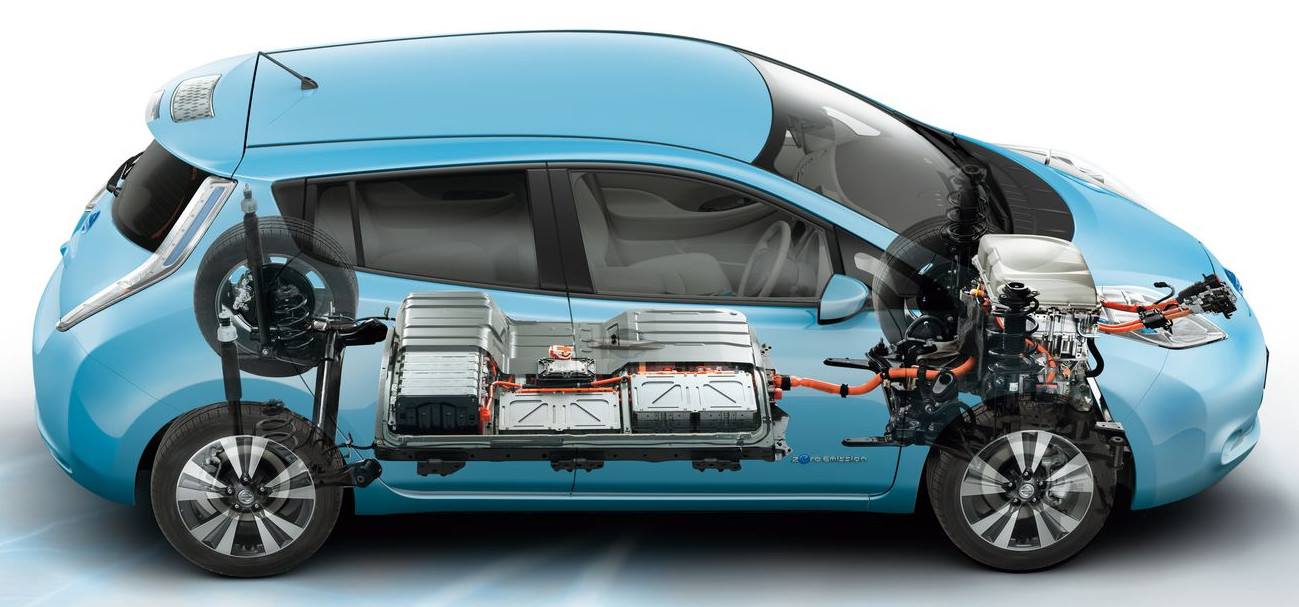协同合作与战略合作的区别(中英文示例)
两家科技公司,A公司和B公司,决定建立一种协同联盟,以增强它们在迅速发展的市场中的竞争力和创新能力。
互补优势:A公司专注于硬件开发,生产尖端的计算机组件。B公司擅长软件开发,创建创新的应用程序和操作系统。
合作产品开发:这两家公司决定合作开发一款新产品,将A公司先进的硬件与B公司复杂的软件相结合,创建一款高性能计算系统。
共同研发:它们建立了一个联合研发中心,两家公司的工程师和科学家共同努力,探索协同效应,优化集成,并确保功能无缝衔接。
互惠互利:通过结合各自的优势,协同联盟产生了一款在硬件性能和软件功能方面均超越竞争对手的产品。两家公司都从这项合作中受益,获得了对方客户群的准入,并扩大了市场份额。
创新解决方案:合作导致了创新解决方案的开发,这是任何一家公司独立实现不了的,从而在行业中培养了竞争优势。这个场景展示了通过利用合作公司的互补优势,建立协同联盟,可以创造出比每家公司独立实现更有价值和创新的产品。

Synergistic alliance example scenario:Two automotive companies, Company X and Company Y, decide to form a strategic alliance to strengthen their market position and address industry challenges.
Market Expansion: Company X is a leading manufacturer of electric vehicles (EVs), while Company Y specializes in developing advanced battery technologies. Recognizing the growing demand for EVs, both companies decide to collaborate to expand their presence in the electric vehicle market.
Technology Sharing: Company Y agrees to supply advanced battery technology to Company X for its electric vehicles. This strategic partnership ensures that Company X has access to cutting-edge battery solutions, enhancing the performance and range of their EVs.
Joint Research and Development: The companies establish a joint research and development team to work on future innovations, such as improving battery efficiency, reducing costs, and exploring new materials for electric vehicle components.
Cost Reduction: Through the strategic alliance, both companies benefit from economies of scale in production and procurement. Bulk purchasing of materials and shared manufacturing facilities contribute to cost reduction for both partners.
Global Collaboration: Recognizing the global nature of the automotive industry, the strategic alliance allows the companies to collaborate on international projects, jointly entering new markets and navigating regulatory challenges.
Competitive Advantage:The collaboration results in a competitive advantage for both companies, as they can offer high-performance electric vehicles with advanced battery technology, appealing to environmentally conscious consumers.
In this scenario, the strategic alliance between Company X and Company Y is formed to address the challenges and opportunities in the electric vehicle market. By leveraging each other’s strengths and resources, they create a mutually beneficial partnership that enhances their competitiveness in the industry.




